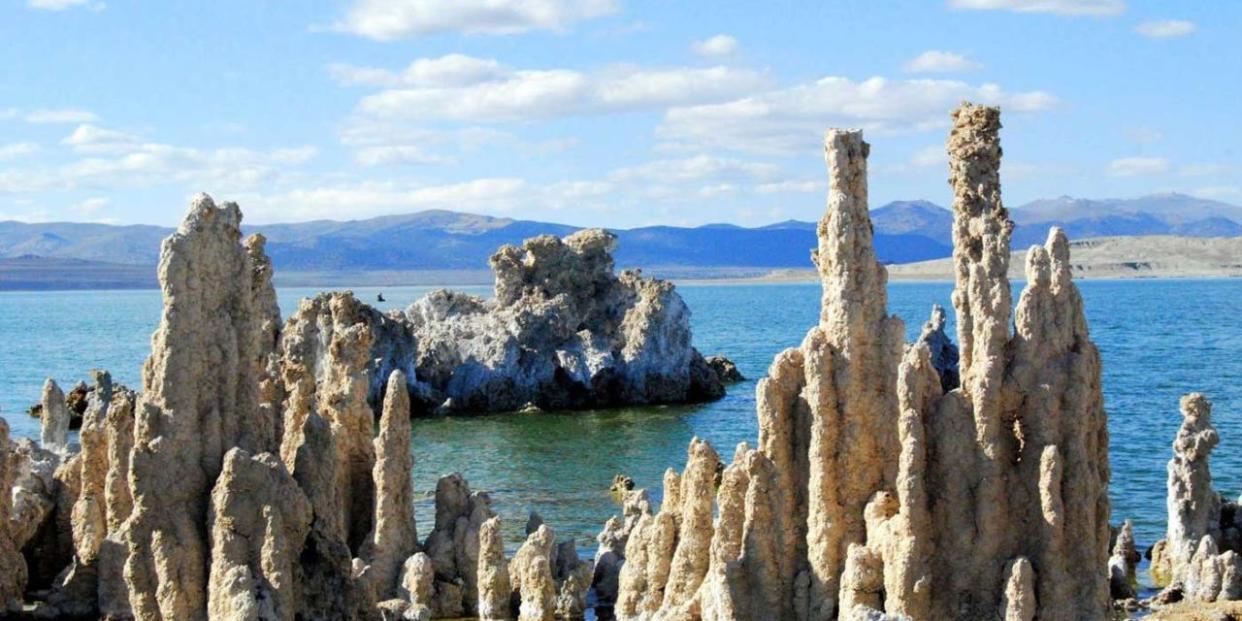JPL Invents a Better Way to Test for Alien Life

Researchers at JPL have crafted a simple chemistry-based way to test for signs of life on another world, be it Mars or the watery moons Europa and Enceladus. The new test is 10,000 times more sensitive than current methods used on NASA's Curiosity rover, according to a study published recently in Analytical Chemistry.
The test uses a process called capillary electrophoresis to separate a liquid into its independent components. First the liquid sample is mixed with a liquid reagent. Then by shining a laser across the mixture, different molecules can be observed moving at different speeds thanks to a process called laser-induced fluorescence detection. By applying a charge to the mixture, scientists can see the molecules separate based on how fast they respond to the electric field.
The test is specifically designed to look for the building blocks of all life on Earth: amino acids. Proteins are constructed form long chains of amino acids, but there is a wide variety of amino acids and not all of them are created due to the processes of life. In fact, some of them don't even come from this planet.
"Using our method, we are able to tell the difference between amino acids that come from non-living sources like meteorites versus amino acids that come from living organisms," said the project's principal investigator, Peter Willis of JPL, in a press release.
Capillary electrophoresis has been used since the 1980s, but the new test made some important changes that optimize the process to search for alien life. Seventeen of the most commonly found amino acids were chosen, what the research team is calling "the Signature 17 standard," and the test will be able to detect these molecules even at low concentrations. The new test also allows these amino acids to be detected in extremely briny water, the type of stuff we expect to find on Mars or the watery moons.
To try out their new method, the researchers analyzed amino acids in the waters of Mono Lake in California (pictured above). The high alkaline content in the lake makes it a difficult environment for life, and a good stand-in for the alien oceans we hope to explore in the coming years.
To distinguish between amino acids created by life and ones that were created through natural processes, the researchers analyze the "chirality" of the molecules. Amino acids are chiral molecules, meaning they exist in two forms that are mirror images of each other, called right-handed and left-handed. The distribution of right- and left-handed amino acids from non-living sources is essentially even, but life on Earth produces almost exclusively the left-handed form of amino acids. Scientists believe that alien life probably also will show a preference for either right- or left-handed molecules.
Now the question is, when will we get to deploy this new life-searching tool to another world? JPL mentions that the process is "relatively simple and easy to automate," so hopefully it can be added to a spacecraft soon, though it is not going to be included on the Mars 2020 rover. Europa and Enceladus offer the most enticing opportunities to use the new test, as they have a practically endless supply of water available if it can be accessed, and the test was designed primarily with larger bodies of water in mind.
"One of NASA's highest-level objectives is the search for life in the universe," Willis said. "Our best chance of finding life is by using powerful liquid-based analyses like this one on ocean worlds."
Let's hope NASA's mission to put a lander on Europa, currently on the drawing board, picks up some steam.
Source: JPL
You Might Also Like

